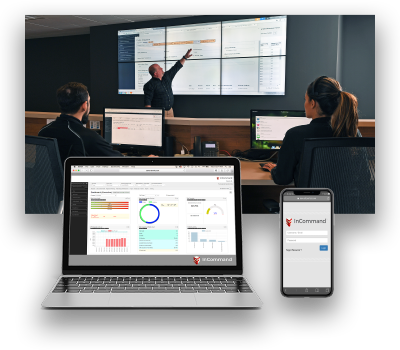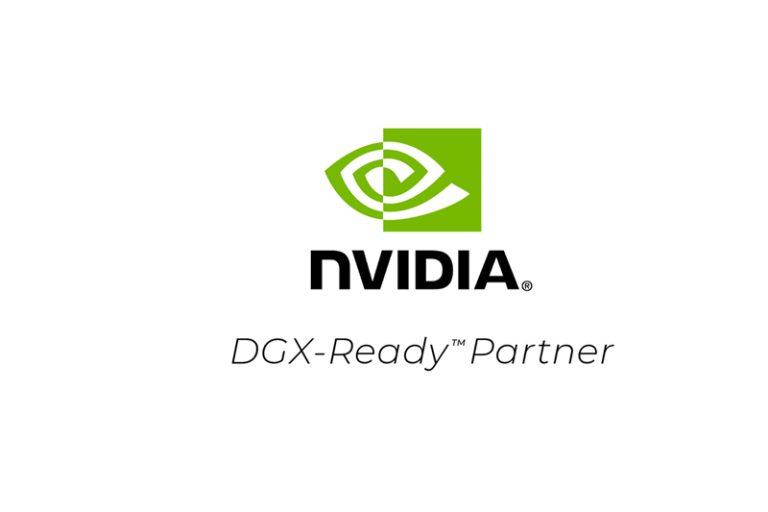As with the boutique solutions, issues with data arose. Ensuring that the correct data is captured and kept current in the system can be an onerous task. For many companies with overstretched M+E teams, excelling at data maintenance and management was not a priority. Without effective policies and procedures in place, some just weren’t very good at it. The data – the most vital part of the solution – was becoming the problem.
This is because without good discipline on how to make changes in the data center, it is impossible to maintain good accurate data. Data center people, like IT people, are reliable because they are change averse. Friction can arise when new practices are proposed and new disciplines are introduced which require training.
So then, instead of offering software and training people to use it, the obvious answer for DCIM vendors was to provide infrastructure management as a service. At first this appears to address the stakeholder issue; in any data center, many stakeholders exist. On the facility side, multiple sets of stakeholders are aboard, with even more on the IT side (networking, storage, server, cyber, devops, architects, CIOs).
This has led to some companies viewing DCIM as an opportunity to add a service wraparound onto a software platform. In reality, as often as not, this meant adding bodies. Once a platform is adopted, next comes the bodies, often expensive resources, to tune and operate it. As the market evolved, DCIM got an outsourcing badge. At times this simply meant it became an exercise where the customer hired outside firms to put people into the data center with a brief to manage it. The drawback was that the providers managed the facility using whichever data center toolset was chosen by the user.
The proposition was that the provider would bring in data center skilled people who would do whatever was asked of them using an existing or new tool set. This might include populating an ITSM, ticketing system, managing services and CMDB.
Whether managed in-house or through third party, the data center operator still finds themselves with a set of software tools to install, stand up and manage. It cannot outsource the additional responsibilities on the data side. Instead of gaining the simplicity of an “as a service” solution, this adds complexity. Then, as can be found often in software-driven projects after the initial excitement, user buy-in fades, few benefits are shown and enthusiasm evaporates. At best, things go back to how they were. At worst? Months of pain ensue.









